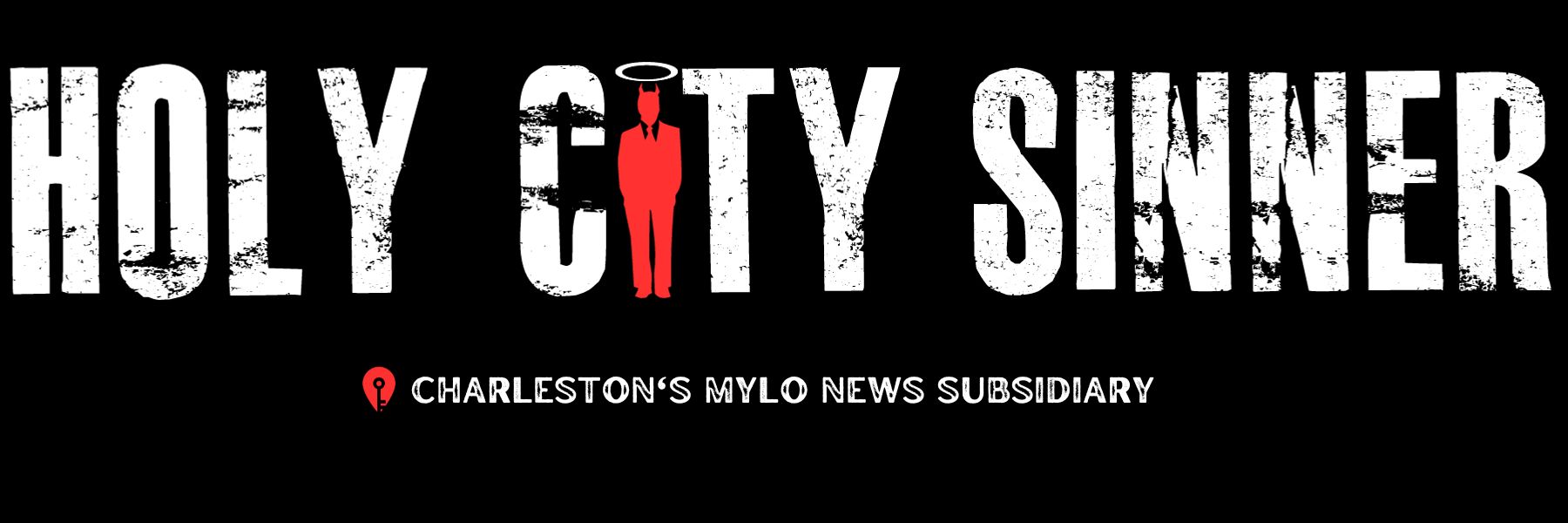How Long Does a CPR Course for Healthcare Providers Take? 1
What to expect during a healthcare provider CPR certification 1
Duration of CPR course for healthcare provider 2
Maintaining skills in CPR for the healthcare provider 3
Introduction
As a healthcare professional, you are at the frontline in providing life-saving care to patients during emergencies. Cardiopulmonary resuscitation (CPR) training helps you perform chest compressions, manage airways, and use a defibrillator to help those experiencing cardiac arrest or respiratory failure. Today, you have the option of both physical and online routes for CPR certification. Many factors come into the picture before signing up for a CPR course, such as class schedule, training cost, certification requirements, and course duration.
This blog will tell you more about CPR for the healthcare provider, the course structure and the time it takes to complete the training.
What to expect during a healthcare provider CPR certification
CPR courses for the healthcare provider teach you the skills to address cardiac, respiratory failure, and choking emergencies promptly. The structure of training for CPR for the healthcare provider includes the following key components:
1. Initial assessment of medical emergency:
The course starts by teaching you how to assess a medical emergency and activate the chain of survival. This stage is important as it determines the next course of action, from calling 911 in case of out-of-hospital cardiac arrest to patient post-care management.
2. CPR guidelines:
In this section, you will learn the critical elements of CPR, from performing correct chest compressions to the number of rescue breaths in adults, children, and infants.
3. Usage of automated external defibrillators (AEDs):
An AED is a medical device that aims to shock the heart and enable it to return to a normal rhythm. CPR course for healthcare providers will teach you the proper AED pad placement and when to restart the compressions.
4. Choking incident protocols:
The training will cover choking protocols for adults, children, and infants. Here, you will find two different methods to save a person experiencing choking. The first method is appropriate for adults and children, while the latter is specific for infants.
5. Hands-on practice:
A significant portion of the course is dedicated to hands-on practice, allowing you to apply the skills you have learned in a simulated environment. This includes practicing chest compressions, rescue breaths, and the use of AEDs on manikins.
6. Certification and ongoing education:
Upon successful completion of the course, you receive a CPR certification that remains valid for two years. Ongoing education and recertification are essential. They help you maintain your skills and stay up to date with the latest protocols and best practices in CPR and emergency care.
Duration of CPR course for healthcare provider
The duration of CPR for the healthcare provider may vary, depending on the course format you choose:
The course formats are
1. In-person training:
The duration of this type of training typically ranges from 4 to 5 hours, depending on the certifying organization. Many healthcare facilities offer accelerated CPR certification courses for employees, condensing the training into a single day. These fast-paced programs ensure you get the required skills and knowledge efficiently. Physical CPR courses include both theoretical instruction and hands-on practice. You get to practice your skills on manikins in a real-world setting. The extended duration of the in-person class ensures that you have the opportunity to practice and master the necessary techniques thoroughly.
2. Online training:
The self-paced online CPR for the healthcare provider course allows you to learn at your own convenience and review the material as needed. Online CPR classes consist of 1-2 hours of video lectures. These pre-recorded lectures provide the necessary theoretical knowledge and give you the flexibility to review the learning materials at your own pace. However, hands-on practice and skill assessment are often conducted through virtual simulations or video demonstrations.
The choice between an online or physical CPR class will depend on your preferences, schedule constraints, and the specific requirements of your workplace. Also, understanding the typical duration of CPR for the healthcare provider course will help you better plan to fit the training into your schedule.
Maintaining skills in CPR for the healthcare provider
After qualifying for your first CPR certification, it is essential to be aware of its validity. Part of staying compliant is regularly renewing your CPR certification. Recertifying in CPR for healthcare providers is vital as the skills and knowledge required can become outdated over time. Most CPR certifications are valid for a period of two years, at which point a recertification course must be completed.
Conclusion
Certifying in CPR is crucial for healthcare providers to deliver the highest level of patient care. By continually focusing on CPR training, you display your commitment to patient safety and outcomes. If you are ready to take your skills to a new height but often find no time to do so, consider signing up for a course in CPR for the healthcare provider with an online training provider today. The CPR certification course will be comprehensive, interactive, and focused on equipping you with the confidence to act confidently during a medical emergency.

